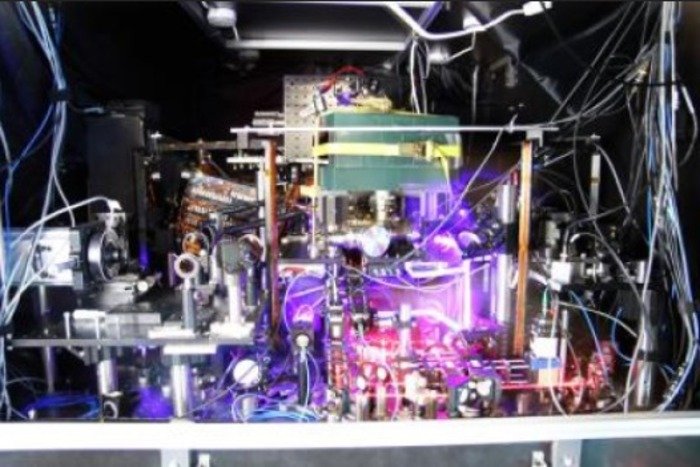BOULDER, Colo., Jan. 23 (UPI) -- U.S. scientists have unveiled an experimental atomic clock they say is so precise it would neither gain nor lose 1 second in about 5 billion years.
A research group led by a National Institute of Standards and Technology physicist says the experimental strontium clock has set new world records for both precision and stability, key measurements of such a clock.















